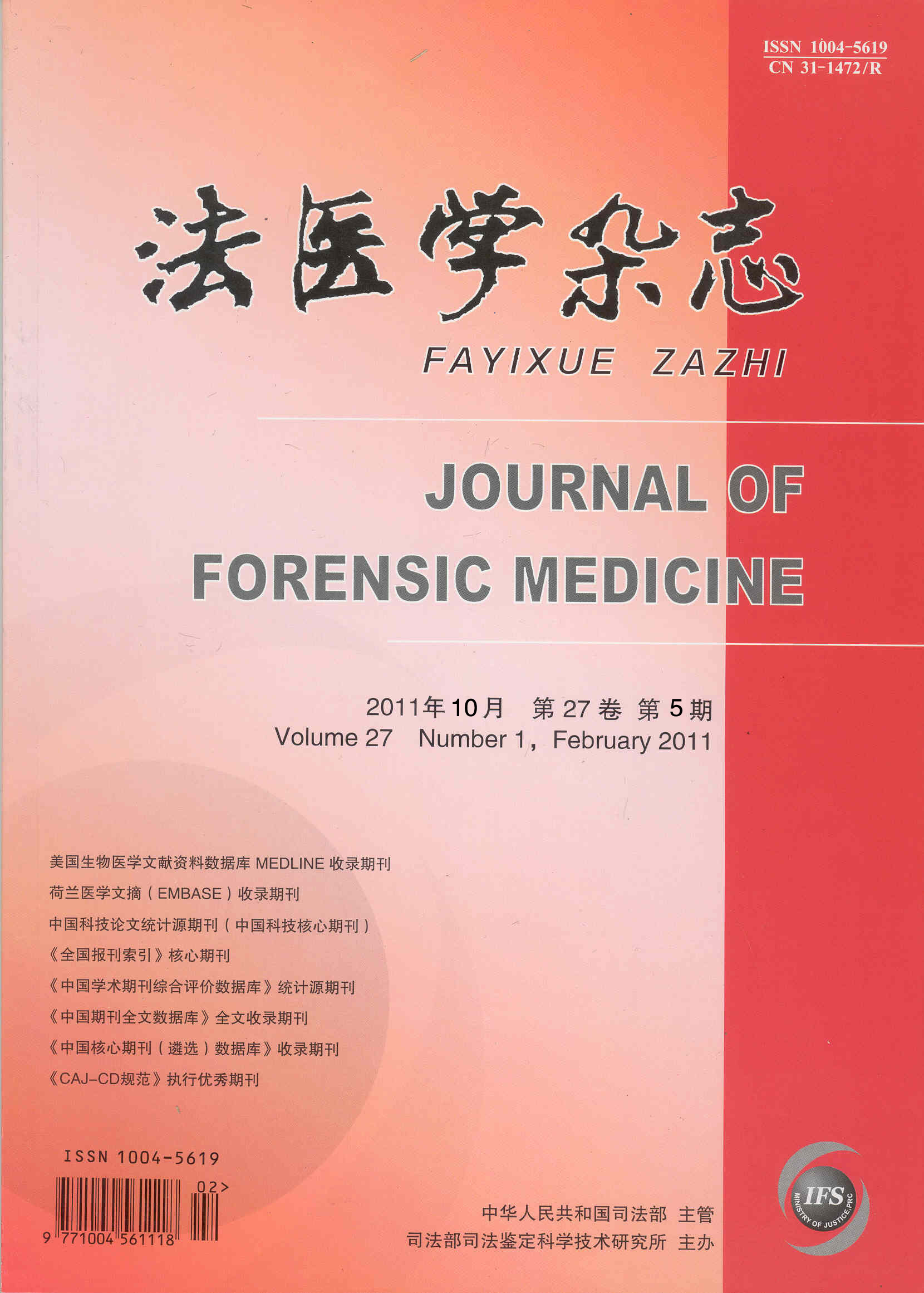|
|
Establishment of Universal Algorithms for Commonly Used Kinship Indices between Two Individuals
ZHAO SHU-MIN, ZHANG SU-HUA, QUE TING-ZHI, ET AL
2011, 27(5):
330-333.
DOI: 10.3969/j.issn.1004-5619.2011.05.004
Objective To establish universal algorithms for commonly used kinship indices between two individuals. Methods Based on the formulas of paternity index in duos(PID), full sibling index(FSI), half sibling index(HSI), avuncular index(AI), grandparental index(GI) and first cousin index(CI1st) deduced from ITO method, the common factors, 1 plus reciprocal of the frequency of the allele with identity by state between the two individuals, shared in these formulas were abstracted with induction method, following with reconstruction of these formulas with the common factor and the coefficient of relationship(r). Results A universal algorithm for PID, HSI, AI, GI and CI1st was developed with the common factor and r value according to the heterozygosity of the two individuals. Meanwhile, a group of two formulas for FSI calculation was also established according to the individuals’ heterozygosity. Conclusion The universal algorithms for the 6 types of kinship indices are practical in corresponding kinship determination and the batch arithmetic operation with the universal algorithms can be easily programmed.
Related Articles |
Metrics
|


